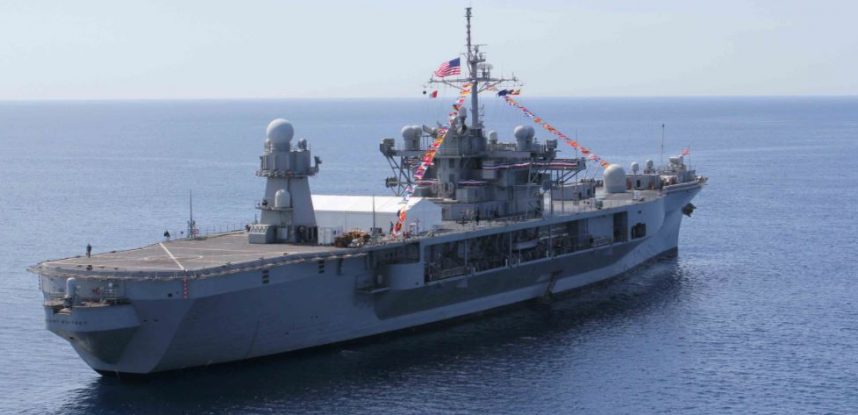Marvel Comic’s SHIELD (Strategic help Homeland Intervention, Enforcement, and Logistics Division) and, slick as it is, it is more likely to wind up counterfeited than prevent counterfeiting
It is a program devised by a secretive government agency. Its purpose is to organize and motivate the top actors in their fields to come together to prevent crimes that threaten not only the economy but our national security. It focuses its attention on producing cutting-edge technologies. It is SHIELD, and it is becoming a reality.
No . . . no . . . not that SHIELD. That’s Marvel Comic’s SHIELD (Strategic help Homeland Intervention, Enforcement, and Logistics Division) and, slick as it is, it is more likely to wind up counterfeited than prevent counterfeiting. We’re talking about the Supply Chain Hardware Integrity for Electronics Defense program being initiated by DARPA, and rather than placing a series of gigantic floating gun platforms in the upper atmosphere, it’s looking to place tiny 100 micron by 100 micron authentication dielets on all the electronic components used in Department of Defense programs.





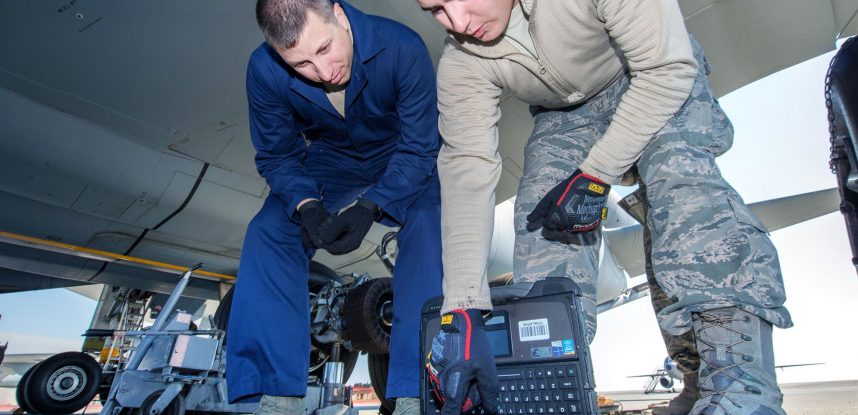

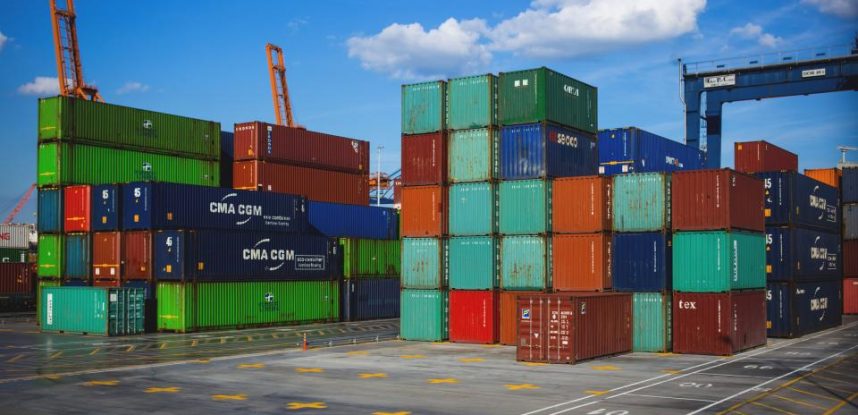
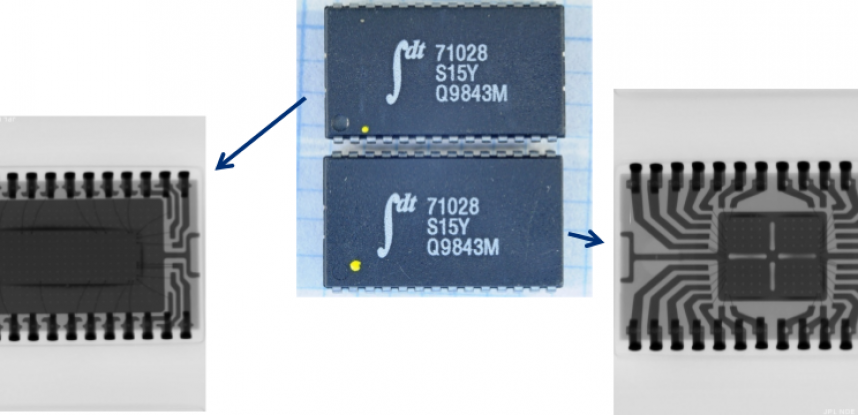
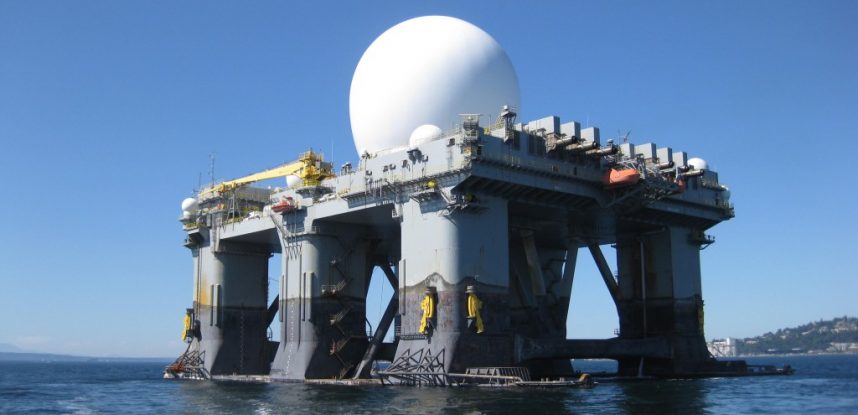
 Saying that something is “good enough for government work” is often meant as a joke and the reference implies “mediocre work.” The irony is that “government work” is often highly sophisticated; systems are designed and engineered to operate in the most extreme environmental conditions for a very long period of time.
Saying that something is “good enough for government work” is often meant as a joke and the reference implies “mediocre work.” The irony is that “government work” is often highly sophisticated; systems are designed and engineered to operate in the most extreme environmental conditions for a very long period of time.